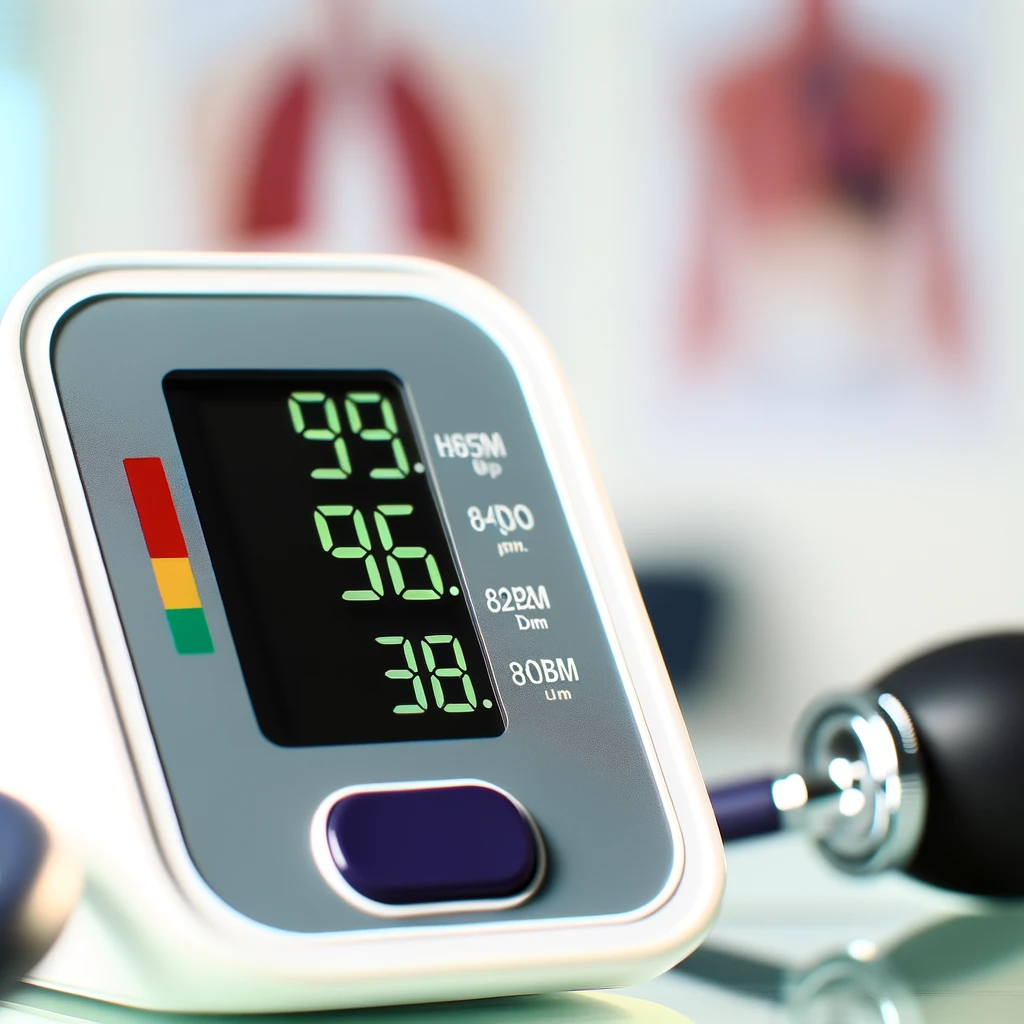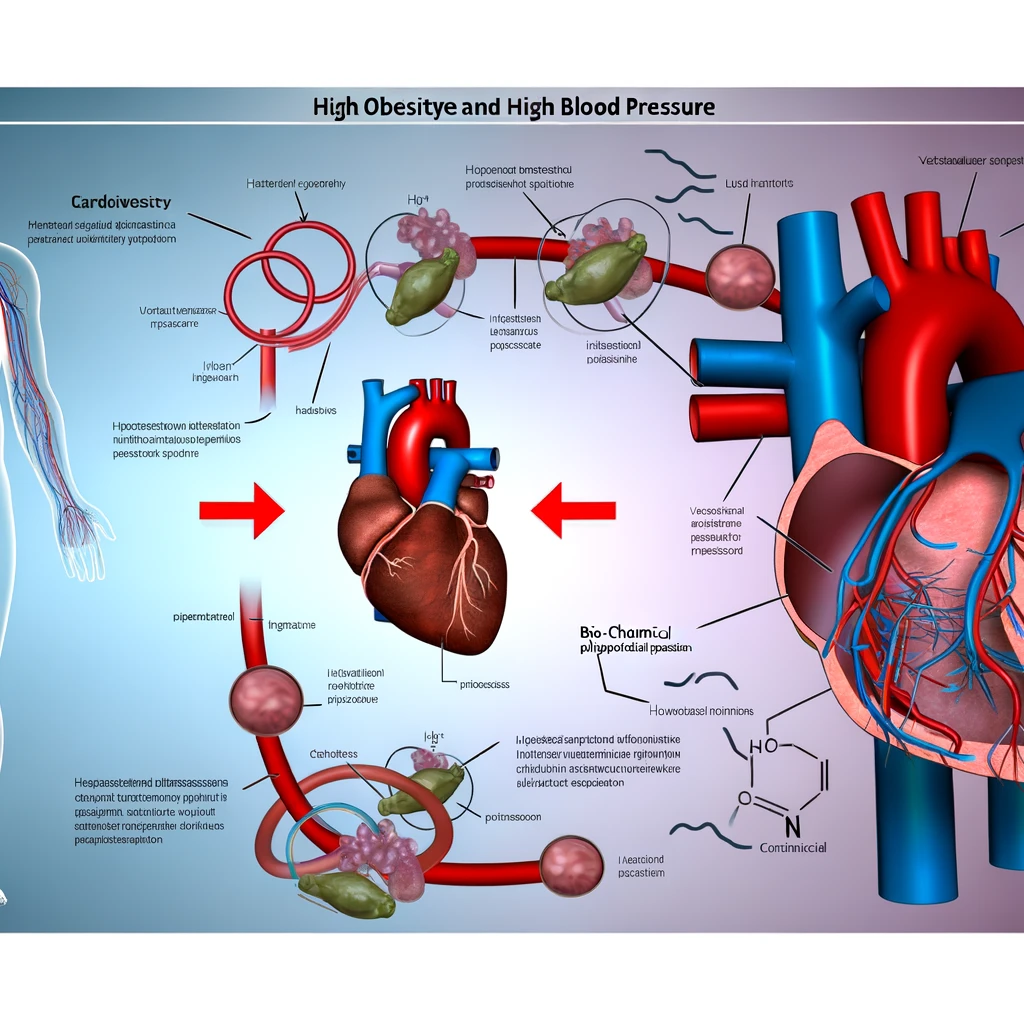
Understanding Blood Pressure: What Your Numbers Mean
Blood pressure is a critical measure of heart health, yet many people are unsure of what their numbers really mean. This article aims to demystify blood pressure readings and provide insight into maintaining optimal heart health.
What is Blood Pressure?
Blood pressure is the force exerted by circulating blood on the walls of blood vessels. It is measured in millimeters of mercury (mmHg) and expressed as two numbers: systolic pressure over diastolic pressure. For example, a reading of 120/80 mmHg.
Systolic vs. Diastolic Pressure
Systolic pressure is the higher number and represents the pressure in your arteries when your heart beats. Diastolic pressure is the lower number, indicating the pressure when the heart is resting between beats.
What Do the Numbers Mean?
Understanding the ranges of blood pressure can help you assess your health status:
- Normal: Less than 120/80 mmHg
- Elevated: 120-129 systolic and less than 80 diastolic
- Hypertension Stage 1: 130-139 systolic or 80-89 diastolic
- Hypertension Stage 2: 140 or higher systolic or 90 or higher diastolic
- Hypertensive Crisis: Higher than 180/120 mmHg, requiring immediate medical attention
Why is Blood Pressure Important?
High blood pressure, or hypertension, can lead to severe health complications, including heart disease, stroke, and kidney problems. Conversely, low blood pressure can cause dizziness and fainting. Maintaining a normal range is vital for preventing these issues.
Factors Influencing Blood Pressure
Several factors can affect your blood pressure, including:
- Age: Blood pressure tends to rise with age.
- Diet: High salt intake can increase blood pressure.
- Physical Activity: Regular exercise can help lower blood pressure.
- Weight: Being overweight increases the risk of high blood pressure.
- Stress: Chronic stress may contribute to higher blood pressure levels.
How to Maintain Healthy Blood Pressure
Adopting a healthy lifestyle can help you maintain or achieve a healthy blood pressure. Consider the following tips:
1. Eat a Balanced Diet
Incorporate plenty of fruits, vegetables, whole grains, and lean proteins into your diet. Limit salt, caffeine, and alcohol intake.
2. Exercise Regularly
Aim for at least 150 minutes of moderate aerobic activity or 75 minutes of vigorous activity each week, combined with muscle-strengthening exercises.
3. Maintain a Healthy Weight
Losing even a small amount of weight can help reduce blood pressure if you're overweight.
4. Manage Stress
Practice relaxation techniques such as deep breathing, meditation, or yoga to help manage stress levels.
5. Monitor Your Blood Pressure
Regular checks at home or with your healthcare provider can help track and manage your blood pressure.
Conclusion
Understanding what your blood pressure numbers mean and taking proactive steps to manage them can significantly improve your heart health and overall well-being. Consult with your healthcare provider for personalized advice and regular check-ups.
Related Articles




